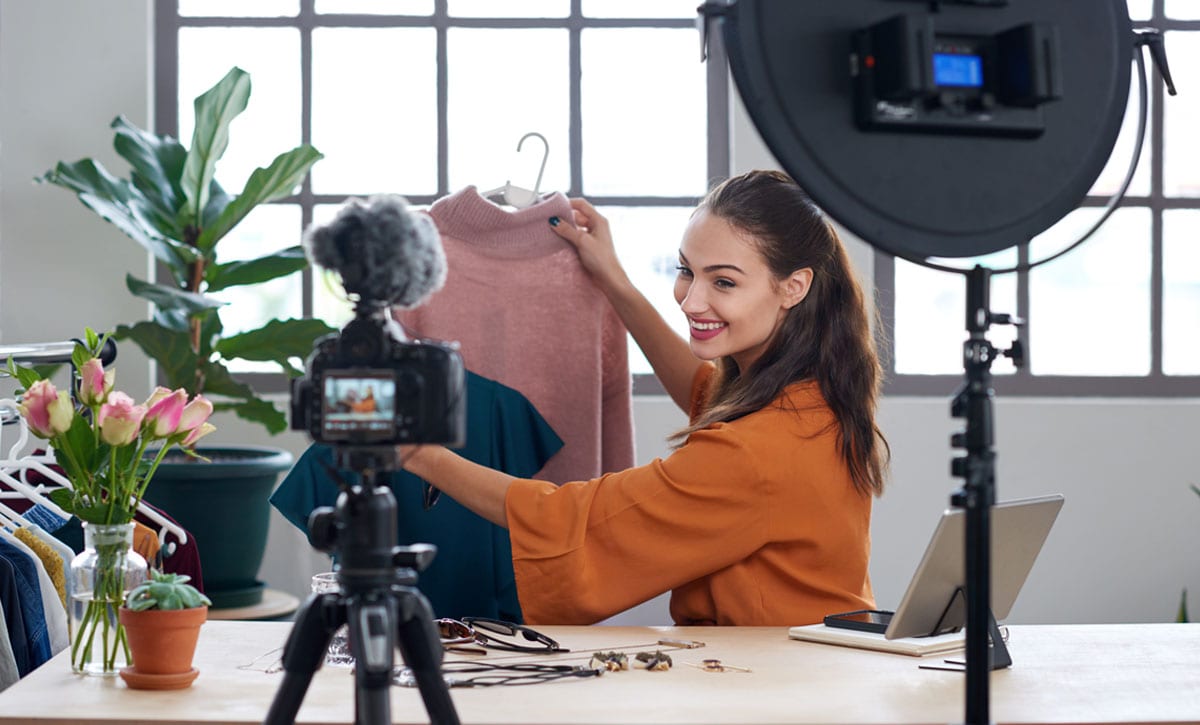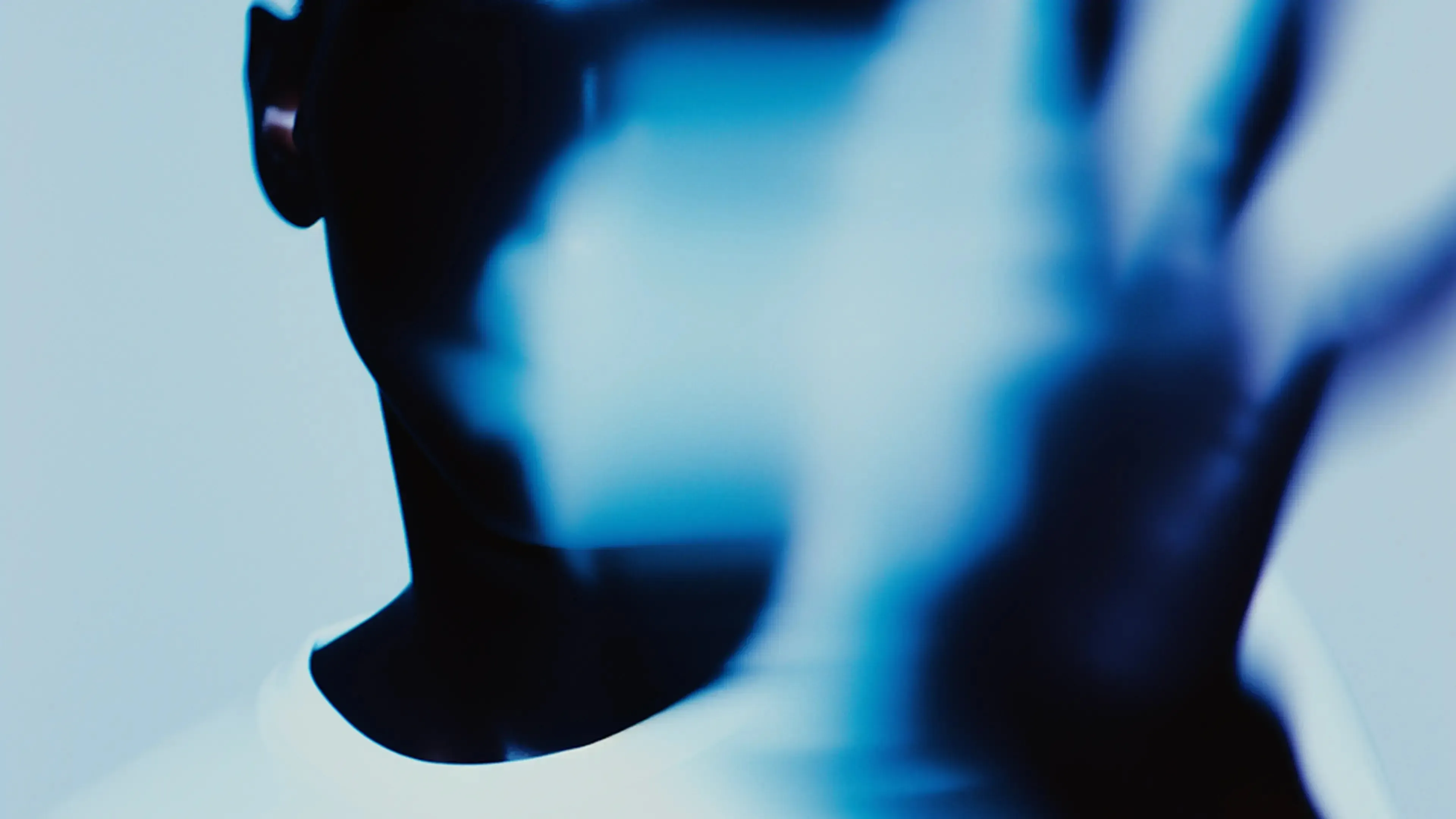Live video shopping is one of the most discussed trends in commerce right now, combining advancements in technology with social media channels and the nostalgia of at-home shopping. It blends entertainment, product discovery and purchasing with a real-time feedback loop where consumers can read reviews, get recommendations and ask questions.
E-commerce has grown rapidly as a fast and convenient purchasing method, but the lack of human connection has deterred many fashion and luxury brands from selling products online. COVID has accelerated the rise of the digital economy; with reductions of offline touchpoints causing disruptions to the regular customer journey, live shopping has become the long-awaited solution for brands to humanise digital interactions that can feel a little human-less.
Though a post-pandemic life is imminent, new consumer behaviours have allowed customers to view products and brands through a new lens and the technologies that have made it happen, such as live shopping, will remain a key pillar in retail.
China is leading the social commerce pack
It’s not new news that e-commerce in China is highly developed, and that COVID lockdowns propelled it even further with live streaming shining in the spotlight. Alibaba, which is credited as an e-commerce live streaming pioneer, reported a revenue of $74.1b from its 2020 11.11 Global Shopping Festival. The 11-day promotion marks the world’s largest shopping event. Gen-Z and Millennials may have driven live shopping, but now all age demographics are utilising the trend.
International fashion brands turned to the Far East to test new concepts with digitally savvy shoppers. British luxury brand Burberry invited a Chinese KOL (key opinion leaders) to visit its store in Shanghai and live stream her experience on Alibaba Group’s Tmall: the session had over 1.4 million views and, within just one hour, most of its featured products had sold out.
The expansion of live streaming
Live streaming is growing globally as a key aspect of social commerce, inviting buyers to participate in the testing, learning and shopping experience in a way that standard e-commerce doesn’t have the space for. H&M brand Monki debuted live stream selling on its website last year, representing one of the first major Western retailers to experiment with live commerce outside of China. Other brands are utilising video technology platforms like NTWR, a self-described QVC for Gen Z and Millennials, to drop exclusive products with the influence of celebrities or musicians. Online luxury fashion marketplace Farfetch has also announced its partnership with interactive live video shopping provider Bambuser to pilot a new strategy.
Live shopping has become widely embraced as more than a way to showcase products and influence high volume sales in a short period of time. This was just the beginning of much wider use of the technology.
Gucci was the first luxury brand to launch ‘remote clienting’, replicating its personalised in-store service with a new video shopping feature. Gucci aLive was set up in a Florence service centre as a replica shop allowing customers to chat with brand client advisors in real-time. Impeccably dressed staff present and bring products to the camera based on customer requests to recreate the personal experience of in-store shopping.
Louis Vuitton, Prada, De Beers and Burberry were the first luxury brands to launch an account on WeChat Channels, the Chinese mobile messaging platform’s short video service, offering one-on-one product recommendations through a virtual stylist. Remote servicing customers via video consultation is likely to take off as the next generation chatbot; a key part of a strategy to drive conversions and offer personalised support.
There’s been a lot happening in the public eye with live streaming since lockdown provoked brands to reinvent themselves into a world that stays at home. But the impact of store closures on luxury retail goes far beyond customer engagement and sales; the entire supply chain took a hit.
Creating a unified solution
Having a centralised platform acting as an exhibition space with live streaming support, as well as managing assets and product data unlocks potential for personalisation.
With the support of AI, the technology aids the shift to a demand-led model; preventing overstock by gauging consumer sentiment before production. Several brands are already taking steps to base product development on consumer insights and analytics and, at times, coupling these with made-to-order models. Forecasts are showing that with market uncertainty and an increasing focus on sustainability, that wholesale pre-orders are being kept low while open-to-buys will increase, creating an opportunity to bring in the latest products consumers want, or to replenish bestsellers. A digital showroom streamlines this changeover, reinforcing a new lifecycle for a more connected buyer and seller relationship. Virtual showrooms are always open and make it possible to maintain constant contact, even at times not linked to the fashion show calendar. Plus, brands can offer a virtual sampling of a wider product catalogue by uploading an infinite number of clothes, with relevance tools digitally organising items to be searchable.
The future looks blended
The shift to technology-enabled experiences will be permanent as part of a multi-layered approach combining the human touch with online channels.
Currently, luxury e-commerce is used to complement flagship stores, not as a substitute. However, in the future, this behaviour will be reversed and physical stores will become complementary to the digital shopping experience. We’re already seeing this change in motion after widespread store closures, followed by plans to open new digital-centric brick-and-mortar stores. Nike and Burberry have already launched concept stores in China designed to give customers space to explore by interacting with products in person, on social media, and through data-powered hubs.
Equally, the crisis has blended B2B and B2C brand experience through embracing live streaming to foster a sense of community with their customers. Its ability to reach new audiences around the world has not only added a new dimension of authenticity, but has brought a desire for transparency tied to sustainable and responsible ways of working in all areas of the value chain. Initiatives were launched through leveraging digitisation, automation and more flexible working practices. Combining URL and IRL experiences is one step forward in improving productivity while eliminating overproduction and unnecessary travel. And it seems the industry is on board; around 90 percent of fashion executives answering to McKinsey State of Fashion 2021 Survey anticipate that hybrid working will become the norm in 2021.





